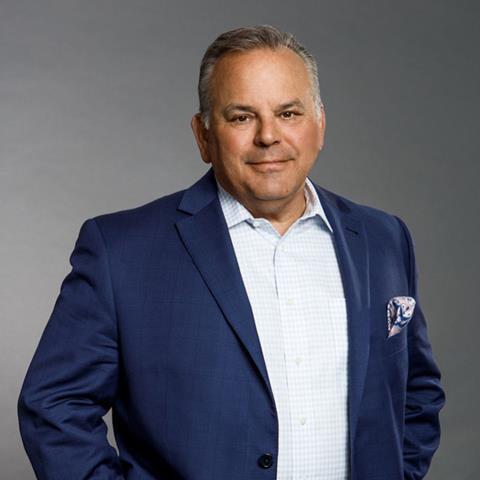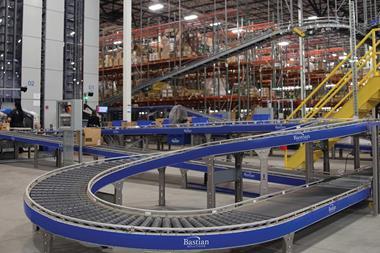When is the last time you bought a CD or DVD instead of streaming directly from Spotify or Netflix? Today’s consumer is becoming increasingly interested in subscription-based services and the concept is quickly making its way into the automotive space.

Vehicle subscription services are a relatively new way for consumers to access mobility services as an alternative to traditional car ownership. In the subscription-based approach, customers pay a flat monthly fee to a manufacturer or third-party provider in return for on-demand access to several vehicle models. The fee covers insurance, maintenance and roadside assistance – and just like consumers’ subscriptions to movies or music – can be turned off or on at the click of a button.
Recent research indicates that nearly 60% of vehicle owners are interested in the concept of subscribing to unlimited access to a car versus outright ownership. Once awareness of subscription offerings increases, however, what will happen to the dealer service experience, and how can original equipment manufacturers (OEMs) prepare their dealers for this shift?
Check out these five ways that vehicle subscription models will impact dealerships within the coming years:
1. Service and maintenance responsibility no longer belong to the customer
Under the vehicle subscription model, the OEM – and dealer by proxy – must prepare for a new way of service. For decades, once a customer’s vehicle requires maintenance or repairs, the responsibility was on them to schedule and facilitate the repair. Now, however, the responsibility for service and maintenance, and the related costs, are shifting from the owner back to the OEM.
In the new subscription model, OEMs must ensure their dealers are not only prepared for an uptick in volume of maintenance and repairs, but also that they have the technologies, resources and processes in place to preemptively perform maintenance before failure ever occurs. Dealers will essentially become fleet managers and must have the systems in place to ensure vehicles are ready when and where a customer wants them. This will bring an increased responsibility and cost to the OEM, and will also require dealer education and buy-in.
2. Pricing will become more important than ever
While it may seem obvious that pricing is important, the way OEMs – and subsequently dealers – price goods and services will evolve. Instead of just pricing individual service parts, OEMs will now be responsible for pricing service contracts. In a subscription-based business, OEMs will transition from strictly selling new products to selling outcomes; in this case, it is unlimited access to a vehicle. As mentioned above, dealers will become more like fleet managers, so OEMs must ensure that when determining service contract pricing, the dealer’s bottom line is kept in mind.
3. Manufacturers will use more remanufactured parts
In a subscription model, instead of discarding a part after it is removed from a vehicle, dealers will be able to send it back to the OEM to have it remanufactured or refurbished. This adds complexities to the supply chain, and OEMs will not only need to invest in the appropriate technologies to handle this added layer of complexity, but also will need to train and encourage dealers to participate in the programme. From an environmental standpoint, reusing the part instead of throwing it away is also a more sustainable practice.
4. Long-term product-as-a-service relationships become the norm
Product-as-a-Service (PaaS) is the concept of selling services and outcomes that a product provides versus the product itself. In a fully subscription-centered environment, this is exactly what automotive OEMs will be doing. This will allow dealers to recoup service revenue that would have previously been lost to a third-party provider after a vehicle’s warranty expired. In a subscription model, 100% of the required maintenance and repairs take place at the dealer – putting dealers’ service capabilities to the test.
5. Service shifts from reactive to proactive
For decades, manufacturers across industries and verticals have relied on a reactive, break-fix service model. In this model, a vehicle is repaired after it has already failed. However, as consumers increasingly demand more from their favorite brands, automotive OEMs must be prepared to offer preemptive maintenance, leveraging IoT and predicative analytics to repair a vehicle before incurring downtime. Seventy-two per cent of vehicle owners agreed that if a dealer had the exclusive ability to send a notification that a specific vehicle part was about to fail and could preemptively schedule the repair, they would be encouraged to use the dealer for service. And, as mentioned earlier, this shifts the responsibility of maintenance and related costs from the customer to the OEM and, subsequently, the dealer.
As the auto industry continues to navigate the subscription model, dealers in particular will have to continue to adjust how they operate. OEMs must ensure their dealer networks are trained well and have the resources, infrastructure and technologies to succeed. Investment now will pay out in the future, as well-run subscription services will increase customer loyalty.
Gary Brooks is chief marketing officer at Syncron


























![Global[1]](https://d3n5uof8vony13.cloudfront.net/Pictures/web/a/d/s/global1_726550.svgz)













No comments yet